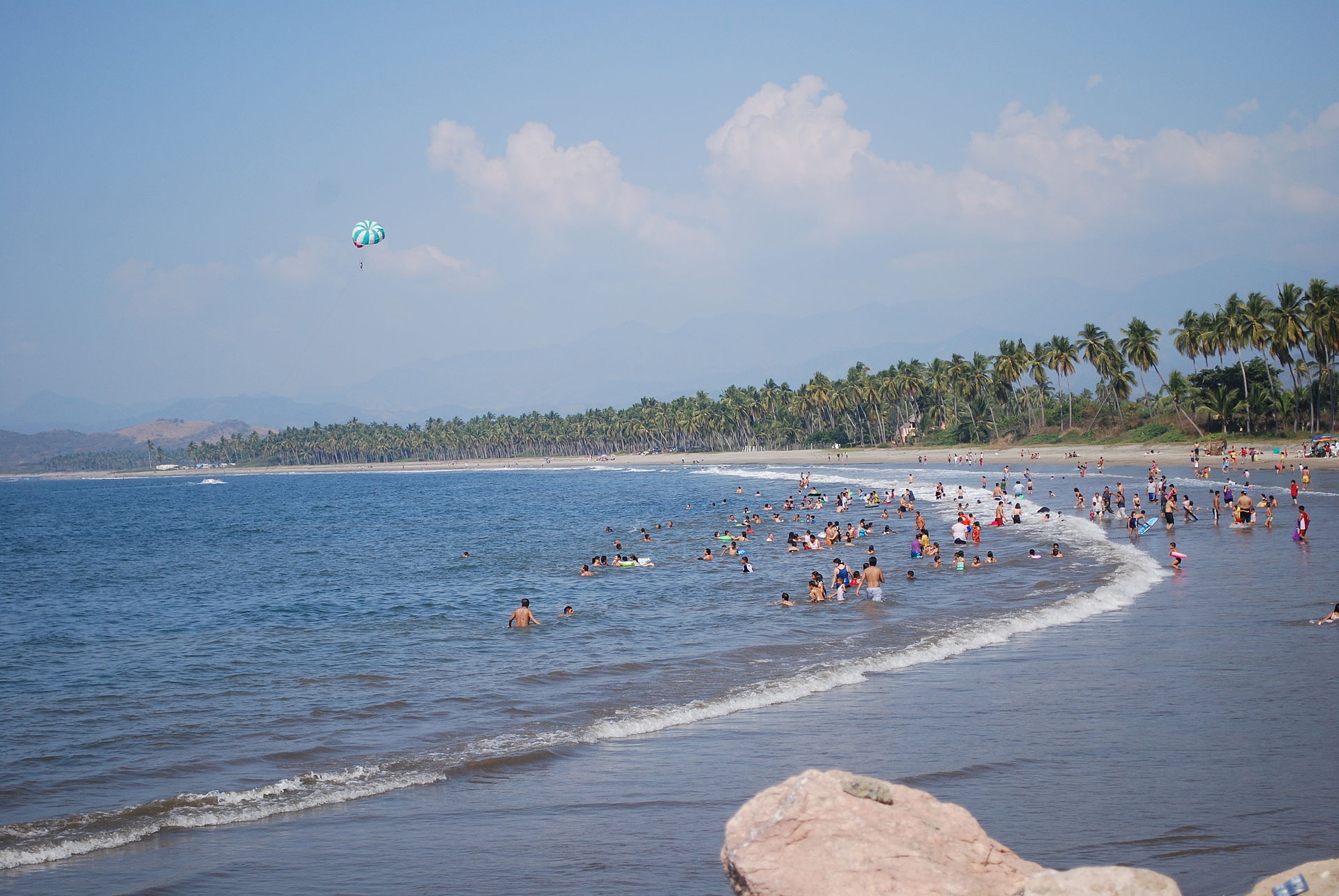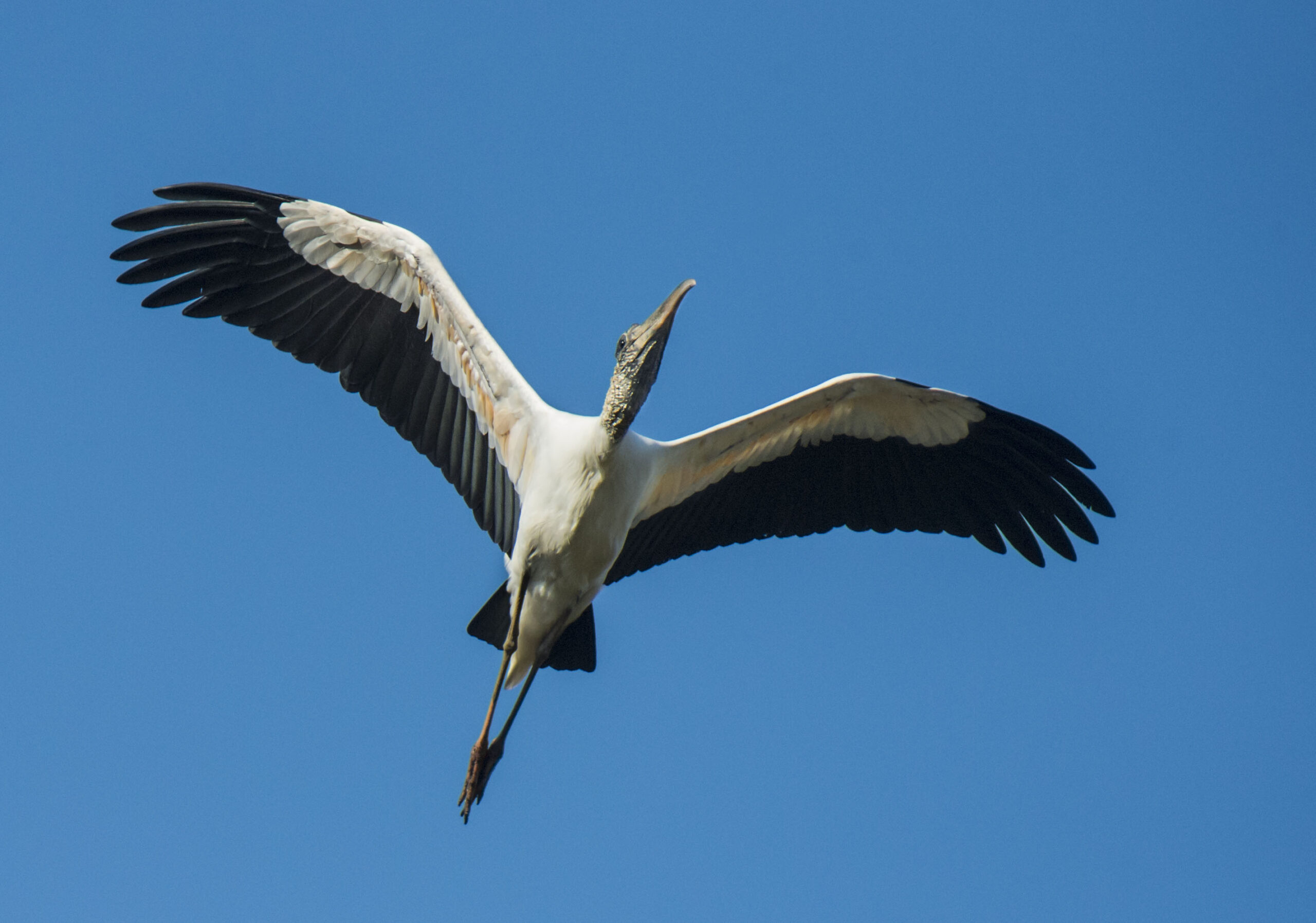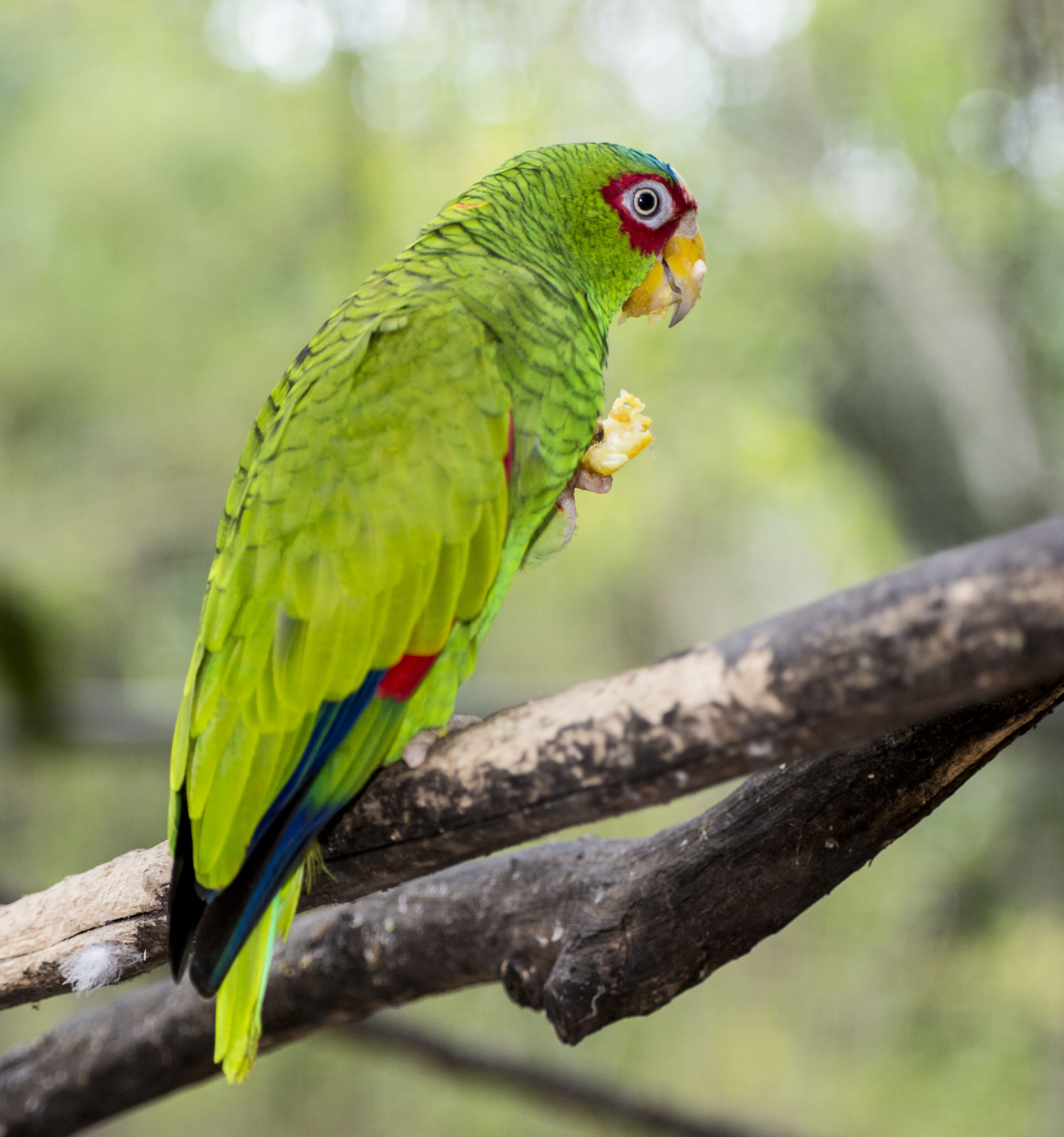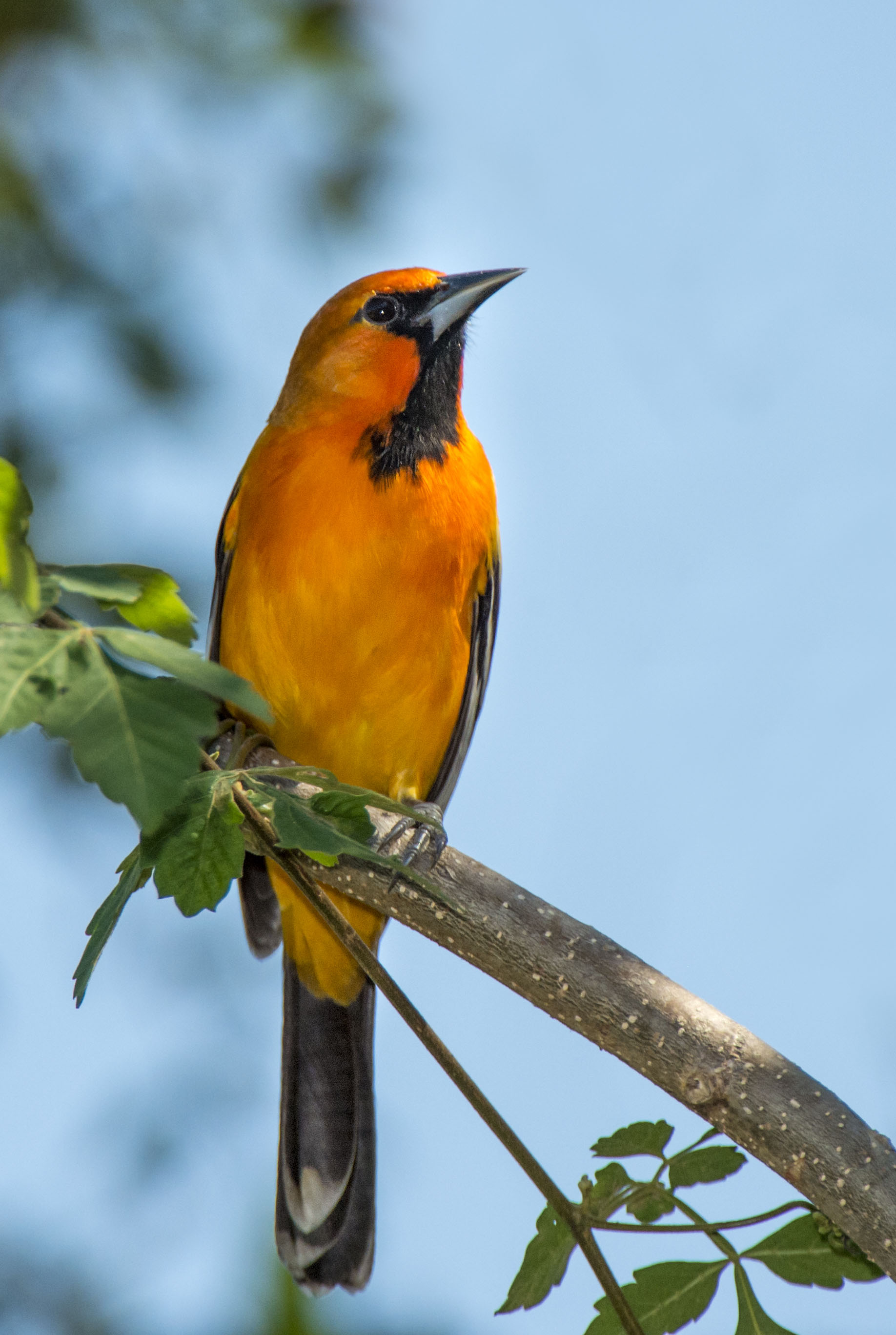Ixtapa – Mexico
About
Ixtapa is in the state of Guerrero, Mexico and it is a resort city that is adjacent to the Pacific Ocean. Ixtapa is a government-planned tourist resort destination that was begun in the early 1970s. A Mexican government tourist development agency wanted to develop a luxury resort just north of Zihuatanejo, a tourist hideaway, to boost the Mexican tourist industry. The agency purchased a large coconut palm plantation and mangrove estuary and developed a world-class resort complex and named it Ixtapa. It was completed in 1971 and named Ixtapa, which comes from the Nahuatl and means “white place”, in reference to the white sandy beaches and rocks offshore. Ixtapa today, comprises a dozen high rise hotels on a half-mile-long arc that curves around Palmar Bay. Ixtapa is an ideal location for both birders and non-birders, who just want to relax and getaway. Within the half-mile-long arc of hotels, runs a tree-lined grassy area called Paseo Ixtapa Avenue that is considered an excellent bird watching location! Though stepping outside of the hotel area outside of Palmar Bay, the region offers different types of habitats such as mangroves, plantations, and tropical deciduous forest, and sub-deciduous tropical forest. Barra de Potosi offers great bird watching for wetland species. El Refugio de Potosi is founded by Laurel Patrick to increase awareness of the environment and local wildlife. Within el Refugio de Potosi, the Carrizo lagoon, Laguna de Potosi, and Rocas de Potosi offer some of the best bird photography and exceptional birdwatching. Ixtapa and Zihuatanejo are rich in native and migratory birds with more than 320 species. Among the most common resident birds are the Rufous-naped Wren, White-throated Magpie-Jay, West Mexican Chachalaca, Inca Dove, Cinnamon Woodpecker, Golden Vireo, and the Yellow-winged Cacique. Migratory birds include the Roseate Spoonbill, Great Blue Heron, Wood Stork, and the American White Pelican. A rare endemic that lives in the coastal plain of Oaxaca and Guerrero is the Doubleday’s Hummingbird. Owen traveled to Ixtapa, Mexico in January 2014 and photographed the Doubleday’s Hummingbird, Roseate Spoonbill, Rufous-naped Wren, Painted Bunting, and the Military Macaw.
Birds found here
-
Wood Stork
Order
ciconiiformesFamily
ciconiidaeGenus (Similar Species)
Scientific Name
Mycteria americana
-
Conservation Status
Least Concern
Age
Adult
-
Visual Category
Long-legged Waders -
Birding Sites and Lodges
Ixtapa - Mexico -
Activity
flight
BIRD CALLS
Wood Stork -
-
White-fronted Parrot
Order
psittaciformesFamily
psittacidaeGenus (Similar Species)
Scientific Name
Amazona albifrons
-
Conservation Status
Least Concern
Age
Adult
-
Visual Category
Passerine (Perching) Birds -
Birding Sites and Lodges
Ixtapa - Mexico
BIRD CALLS
White-fronted Parrot -
-
Streak-backed Oriole
Order
passeriformesFamily
icteridaeGenus (Similar Species)
Scientific Name
Icterus pustulatus
-
Conservation Status
Least Concern
Gender
Male
Age
Adult
-
Visual Category
Passerine (Perching) Birds -
Birding Sites and Lodges
Ixtapa - Mexico
BIRD CALLS
Streak-backed Oriole -
-
Golden-crowned Emerald
Order
apodiformesFamily
trochilidaeGenus (Similar Species)
Scientific Name
Cynanthus auriceps
-
Conservation Status
Least Concern
Gender
Female
Age
Adult
-
Visual Category
Passerine (Perching) Birds -
Birding Sites and Lodges
Ixtapa - Mexico
BIRD CALLS
Golden-crowned Emerald -
-
Military Macaw
Order
psittaciformesFamily
psittacidaeGenus (Similar Species)
Scientific Name
Ara militaris
-
Conservation Status
Vulnerable
Age
Adult
-
Visual Category
Passerine (Perching) Birds -
Birding Sites and Lodges
Ixtapa - Mexico -
Activity
flight
BIRD CALLS
Military Macaw -









